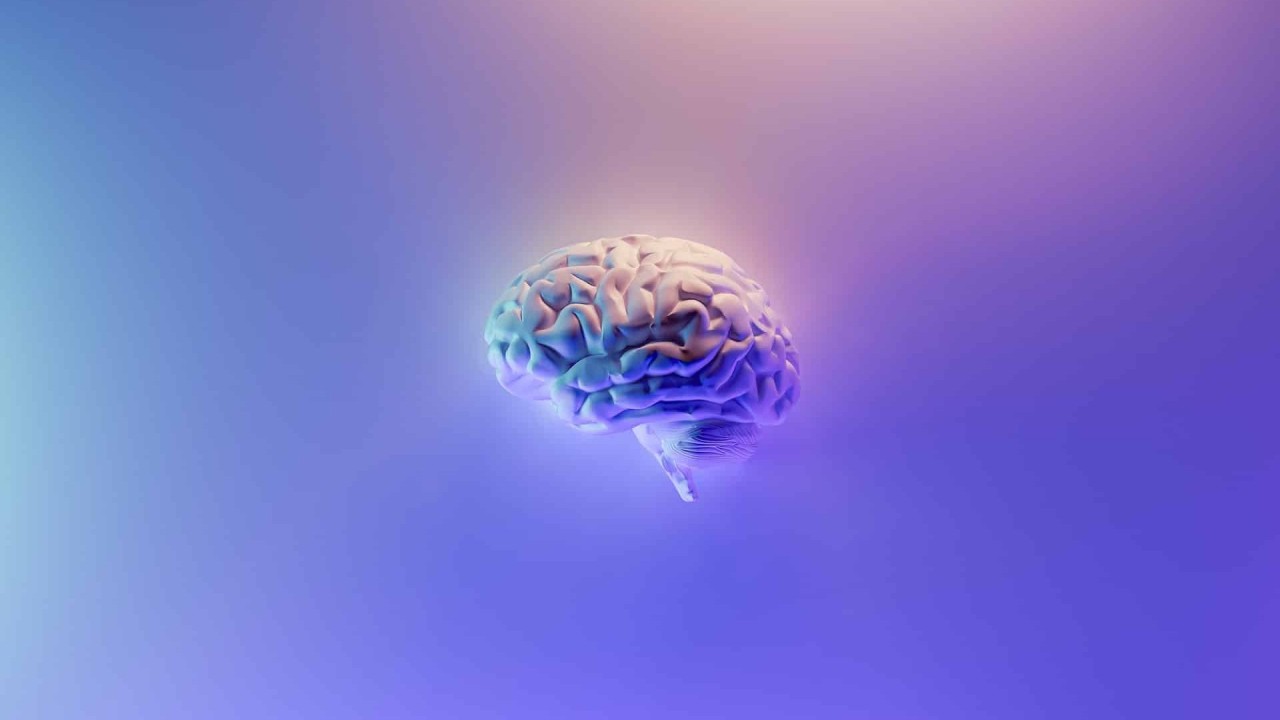
Ever wondered how your brain, an organ weighing about three pounds, can control so much of what you think, feel, and do? Neurology, the study of the nervous system, is full of surprises and mind-boggling facts that can make anyone's jaw drop. From the way neurons communicate to the incredible adaptability of the brain, this field of science is as fascinating as it is complex. Did you know that the human brain contains approximately 100 billion neurons? That's right, and each of these neurons can form thousands of connections, called synapses, making our brain an incredibly powerful network. Let's dive into some amazing neurology facts that will surely amaze you and maybe even change the way you think about your brain!
Key Takeaways:
- The human brain is a powerful and adaptable organ, with 86 billion neurons and the ability to form new connections throughout life. Sleep is crucial for brain health, clearing out toxins and aiding in memory consolidation.
- Ongoing research in neurology offers hope for treating neurological disorders, from brain-computer interfaces for paralysis patients to gene therapy for neurodegenerative diseases. Advances in neuroimaging and personalized medicine are revolutionizing treatment options.
Understanding the Complexity of the Human Brain
Neurology, the branch of medicine dealing with disorders of the nervous system, unveils the complexity and marvel of the human brain. This intricate organ not only controls thoughts, emotions, and movements but also holds secrets that scientists and doctors are still trying to fully understand.
-
Human brain weight varies, but on average, it weighs about 3 pounds, making up about 2% of a person's total body weight. Despite its relatively small size, it's the control center for all bodily functions.
-
There are approximately 86 billion neurons in the human brain. These neurons communicate through synapses, with each neuron forming up to 10,000 connections with other neurons.
The Power of Neurons
Neurons are the core components of the brain and nervous system, responsible for transmitting information throughout the body.
-
The speed of information travel in the human nervous system varies. In some neurons, signals can travel at speeds up to 120 meters per second, showcasing the efficiency of our internal communication network.
-
Neurons in the brain can't regenerate in the same way as other cells in the body, which makes brain injuries particularly challenging to heal.
Brain Plasticity: A Remarkable Feature
Brain plasticity, or neuroplasticity, refers to the brain's ability to change and adapt as a result of experience.
-
Neuroplasticity is not just a feature of young brains. Adult brains can also form new connections and pathways, demonstrating that learning and adaptation are possible throughout life.
-
This adaptability plays a crucial role in recovery from brain injuries, as other parts of the brain can sometimes take over functions from the damaged areas.
Sleep and the Brain
Sleep is essential for brain health, affecting everything from cognitive function to emotional well-being.
-
During sleep, the brain clears out toxins that accumulate during waking hours, akin to a waste removal system. This process is vital for maintaining mental health and preventing neurodegenerative diseases.
-
Dreams occur during the REM (Rapid Eye Movement) stage of sleep, serving functions related to memory consolidation and emotional regulation.
The Mystery of Memory
Memory is a complex process that involves various parts of the brain working together to store and recall information.
-
The hippocampus is crucial for forming new memories. Damage to this area can prevent someone from forming new long-term memories, while still retaining older memories.
-
Memories are not stored in just one place in the brain. Different types of memories (e.g., facts, experiences, skills) are stored in different brain regions.
Neurological Disorders: Challenges and Advances
Neurological disorders, ranging from epilepsy to Alzheimer's disease, affect millions of people worldwide.
-
Alzheimer's disease is characterized by the buildup of amyloid plaques and tau tangles in the brain, leading to neuron damage and loss, which affects memory and cognitive functions.
-
Parkinson's disease primarily affects movement, resulting from the death of dopamine-producing neurons in a part of the brain called the substantia nigra.
-
Epilepsy involves abnormal brain activity leading to seizures. Advances in treatment have made it possible for many individuals with epilepsy to lead normal lives.
The Future of Neurology
With ongoing research and technological advancements, the field of neurology continues to make strides in understanding and treating disorders of the nervous system.
-
Brain-computer interfaces (BCIs) are emerging technologies that allow direct communication between the brain and external devices, offering new possibilities for patients with paralysis.
-
Gene therapy and stem cell therapy are among the promising areas of research that could offer new treatments for neurodegenerative diseases in the future.
-
Artificial intelligence (AI) and machine learning are being used to analyze brain imaging data, helping to diagnose neurological conditions more accurately and quickly.
-
The study of the gut-brain axis reveals how our digestive system's health can impact our mental health, opening new avenues for treating neurological and psychiatric disorders.
-
Advances in neuroimaging techniques, such as fMRI and PET scans, have revolutionized our ability to see and understand the brain in action, providing insights into how different areas of the brain communicate and function.
-
The development of neuroprotective drugs aims to prevent neuron damage from diseases, injuries, or aging, potentially slowing the progression of neurodegenerative diseases.
-
Understanding the role of neurotransmitters not only helps in treating disorders like depression and anxiety but also in enhancing our knowledge of how emotions and thoughts are processed in the brain.
-
The exploration of neurogenesis, the process of generating new neurons, challenges the old belief that adults cannot grow new brain cells, offering hope for brain repair and regeneration strategies.
-
With the rise of personalized medicine, treatments for neurological disorders are becoming more tailored to individual genetic profiles, improving outcomes and reducing side effects.
-
The integration of virtual reality (VR) in neurological rehabilitation provides immersive environments that can help patients recover motor and cognitive functions more effectively.
A Glimpse into the Brain's Marvels
We've journeyed through a landscape rich with neurological wonders, uncovering facts that illuminate the brain's complexity and its pivotal role in shaping our existence. From the brain's astonishing capacity for neuroplasticity to the intricate dance of neurotransmitters that influence our every thought and action, these insights not only deepen our understanding but also spark curiosity about what lies beyond current knowledge. Embracing these marvels, we're reminded of the endless possibilities for discovery within the human brain. Let's carry forward this sense of wonder and continue to explore, question, and learn about the intricate world of neurology. After all, each fact we uncover is a step closer to unraveling the mysteries of the mind, offering hope for future breakthroughs in brain health and well-being.
Frequently Asked Questions
Was this page helpful?
Our commitment to delivering trustworthy and engaging content is at the heart of what we do. Each fact on our site is contributed by real users like you, bringing a wealth of diverse insights and information. To ensure the highest standards of accuracy and reliability, our dedicated editors meticulously review each submission. This process guarantees that the facts we share are not only fascinating but also credible. Trust in our commitment to quality and authenticity as you explore and learn with us.


